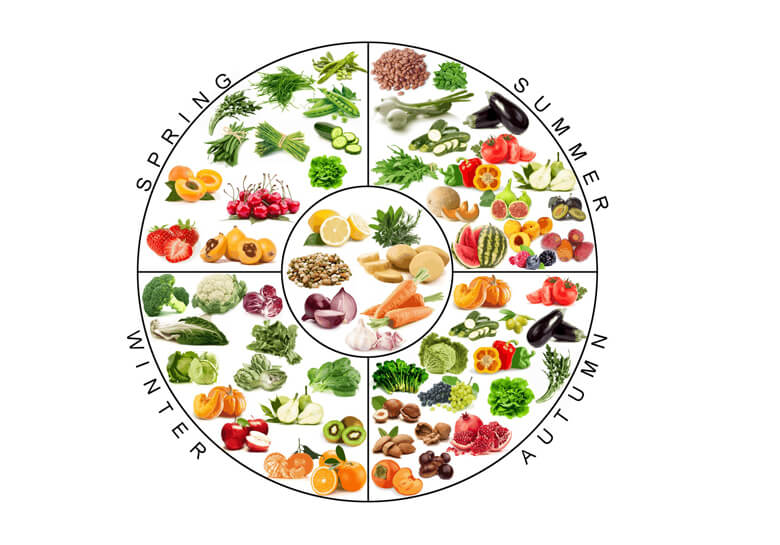
Sardine fish is an important source of high-quality protein required in the human diet, but it has not yet been fully utilized, due to the limited storage period and, sometimes, their strong fishy odor. Fresh sardine fish contains up to 80% of water, and it is a highly perishable material and having a short storage life. Cooling is a widely used, and the simplest method of cooling fish is icing which can maintain quality and prevent the spoilage. However, the frozen sardine fish is not utilized by consumers and converted into the finished product, then it still remains surplus and goes waste. Therefore, to improve their preservation quality and acceptance by consumers, more innovative processing techniques need to be applied.
Dried fish fillets are conventionally processed products of sardine fish because they can be stored for a long time and conveniently used. Conventional drying processes have significant limitations of uneconomical energy consumption and long processing time. However, microwaving changes electricity into high-frequency microwaves that water can absorb, causing water molecular vibration, and results in drying of food. And microwave drying offers many advantages in processing, including less startup time, faster heating, energy efficiency, space savings, precise process control, selective heating, and final products with improved nutritive quality.
2. Optimum Parameters for Sardine Fish Microwave Drying
Drying is a complex caloric process, and unsteady heat and moisture transfer occur simultaneously in this process. One of the most important aspects of sardine fish drying technology is the modeling of the drying process. It is important to develop a better understanding of the controlling parameters of this drying process. So let’s find the effects of microwave power on drying kinetics, specific energy consumption and modeling of drying of sardine fish through this study.
2.1 Raw material handling and setup
The fresh sardine fish samples are used in this study. And the fresh sardine fish should be cleaned by water to ensure the sardine fish free from foreign materials. In order to preserve its original quality, the sardine fish was stored in a refrigerator until drying experiments. The average initial moisture contents of the sardine fish samples were found to be 2.76 on dry basis. The microwave was set temperature about 103 °C.
The microwave oven was operated by a control terminal which could control both microwave power level and emission time. The sardine fish samples were put into the microwave container. Drying experiments were carried out with 200, 300, 400 and 500 W microwave power levels to investigate the effects of microwave power on drying of sardine fish. Moisture loss of the sardine fish was recorded by means of the balance at 15s intervals until no discernible weight change was observed.
2.2 The analysis of moisture ratio, drying time and drying rate.
Through the contrast of date record in the drying process, and we found that the moisture content was effected by the microwave power input and drying time of the sardine fish was significantly reduced from 9.5 to 4.25min, as the power input increased. It was also clear that increasing the power output resulted in shortened drying times up to 51%. The results indicated that mass transfer within the sample was more rapid during higher microwave power heating, because more heat was generated within the fish creating a large vapor pressure difference between the center and the surface of the product due to characteristic microwave volumetric heating. The changes in moisture ratio with drying time of sardine fish in microwave drying were presented in the following chart.
|
|
|
What’re the changes of moisture content and drying rate with the drying continuing? In fact, the changes were similar to open sun drying of prawn and chela fish. The moisture content of the material was very high during the initial phase of the drying which resulted in higher absorption of microwave power and higher drying rates due to the higher moisture diffusion. As the drying progressed, the loss of moisture in the product caused a decrease in the absorption of microwave power and resulted in a fall in the drying rate. Higher drying rates were obtained at higher microwave output powers. The drying rate rapidly increased and then slowly decreased as drying progresses. It was observed that the drying rate reduces with time or with the reduction of moisture content generally.
2.3 The changes between microwave power and energy consumption in the drying process
Statistical analyses showed that microwave power in the range of 200–500 W was not significant on the specific energy consumption values of sardine fish. However, it was noted that the lowest specific energy consumption occurred in 500 W. Drying energy consumption at 500 W was 3.78 MJ/kg water. the microwave specific energy consumption values at different amounts of microwave powers for the drying of sardine fish were showed as this following chart.
Finally, we could find the drying of sardine fish samples took place in the falling rate period and was governed by moisture diffusion in the drying process. And no significant differences were observed about the specific energy consumption of microwave drying sardine fish. However, minimum specific energy consumption (3.78 MJ/kg water) was obtained at 500 W microwave levels. Besides that, we also found microwave could penetrate through the sardine fish affecting its inside and outside simultaneously, rapid drying speed, short drying time, uniform heating, good product quality. To be honest, the microwave drying method is very suitable for drying fish because of its features and advantages.
3. Tips and Hints for Microwave Dried Sardine Fish Recipes




Sardines pack an awesome nutritional punch. A single serving has around 23 grams of protein and is loaded with omega-3 fatty acids, calcium, iron and potassium, and only 200 calories. It’s an important component of a healthy diet. Dried sardine fish can be used in a variety of ways from being served as a snack to adding flavor to other dishes. Dried sardine fish can be crumbled over salads and pasta, added to soups and is a staple of many recipes.

















Leave A Comment